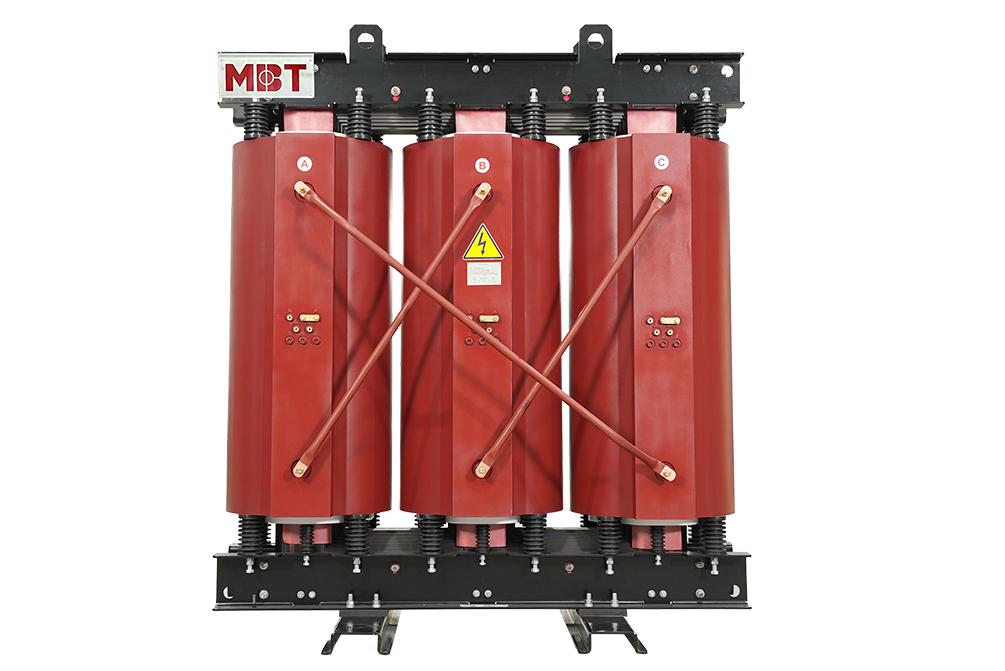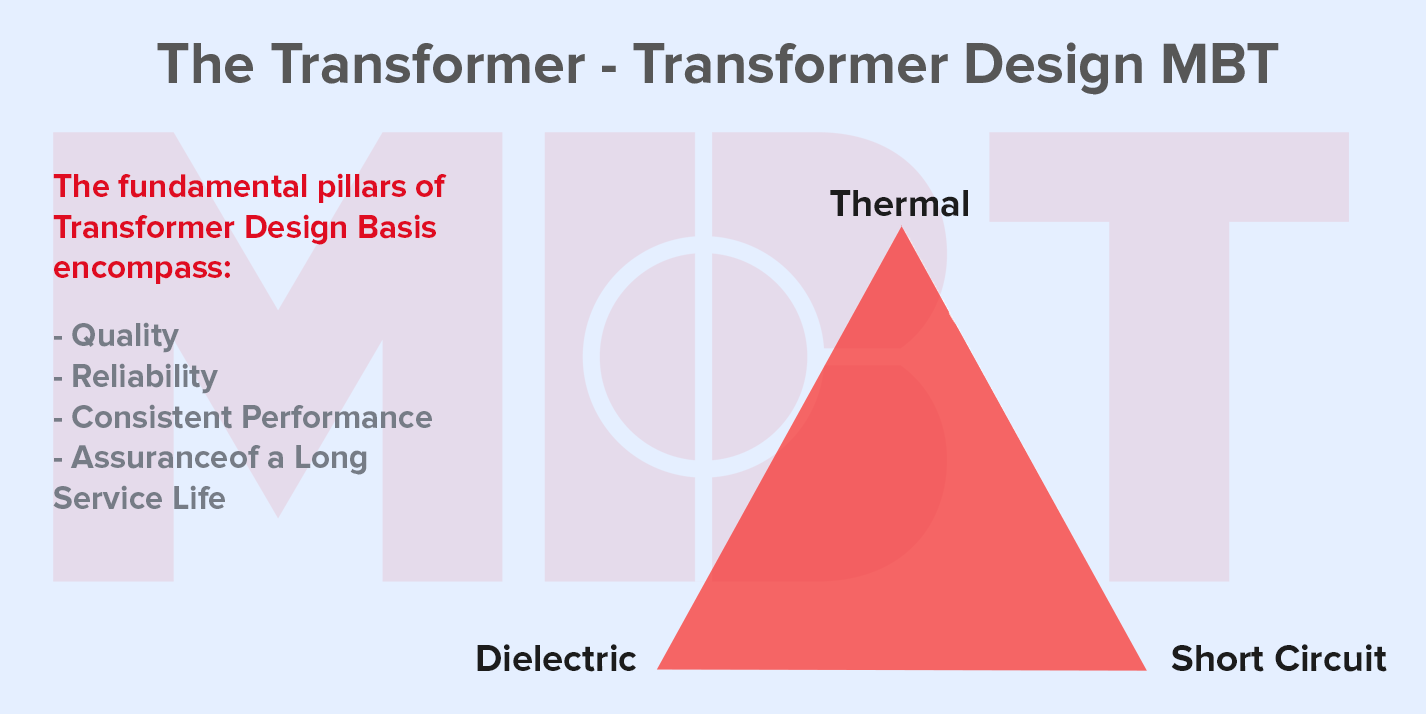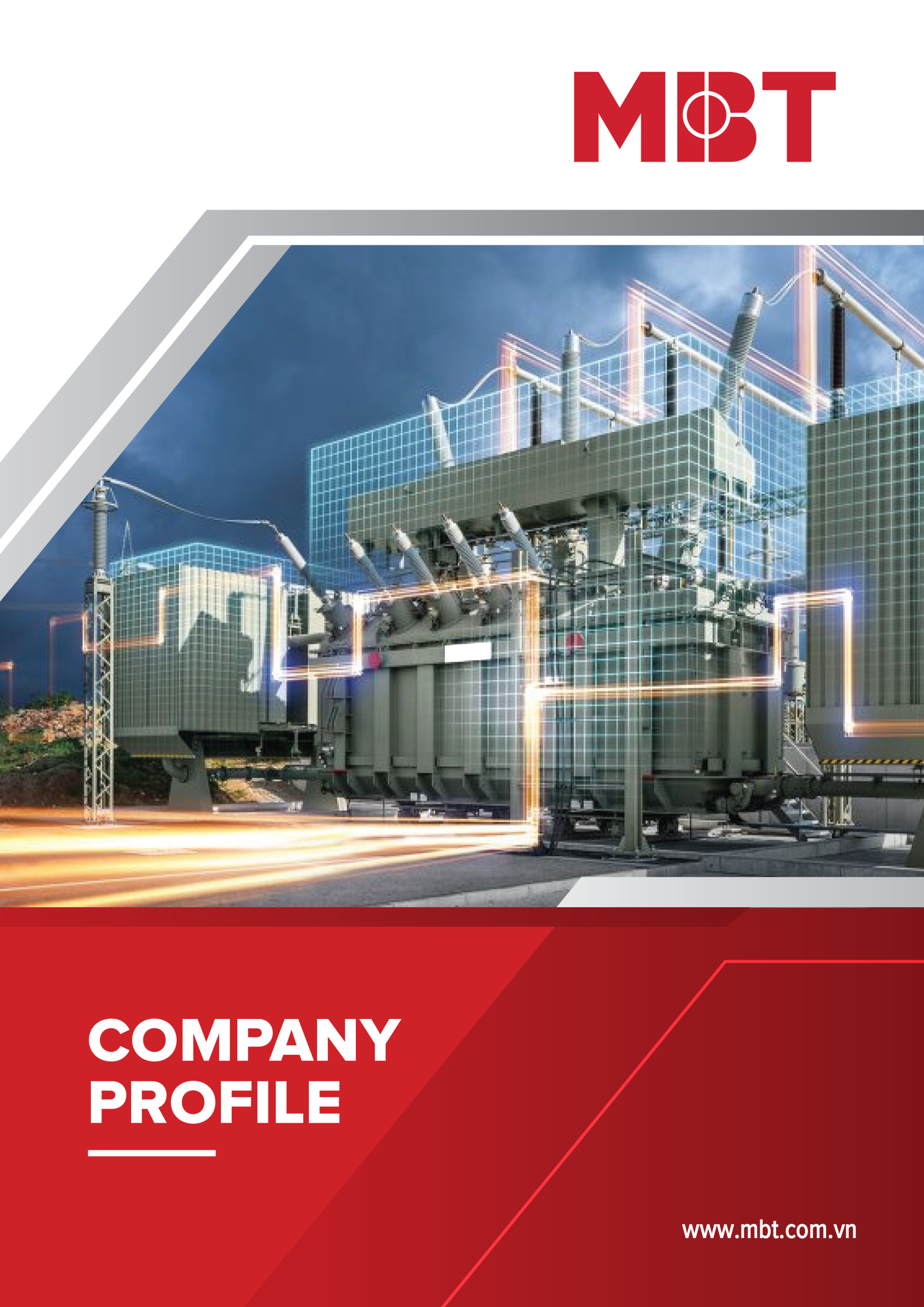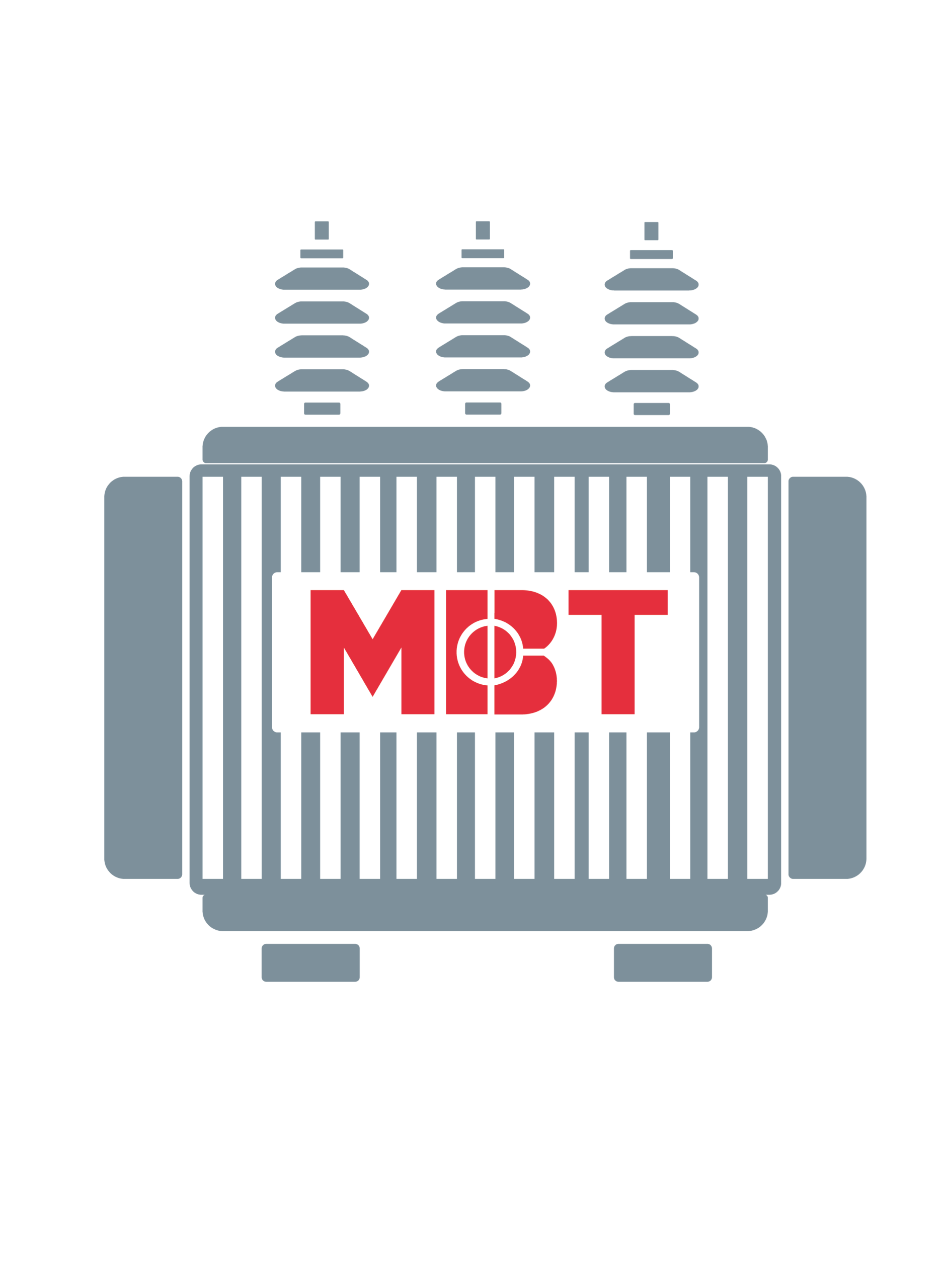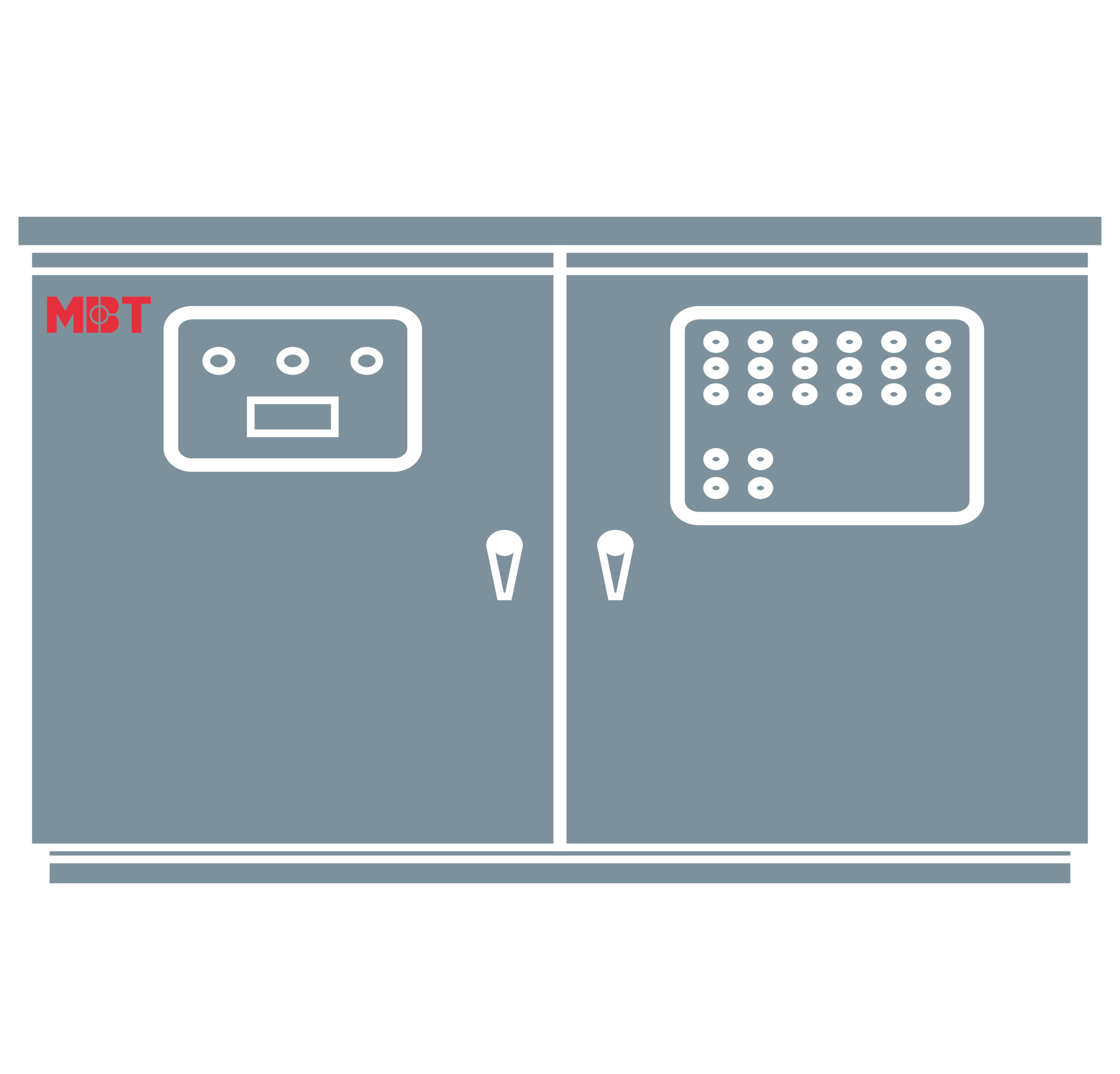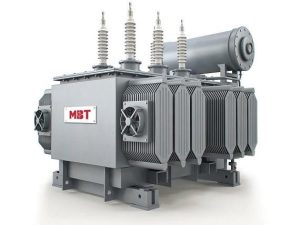
Distribution Transformer | MBT Transformer
Which transformer is used in distribution?
Distribution transformers are an essential asset in the first and last step of the grid. In traditional electrical networks, they are used to convert the high voltage transmitted into a low voltage that can be used in industries, infrastructure and households. With the rise of decentralized generated electricity, they are now also responsible for supplying power to the grid.
Table of Contents
1. What is a Distribution transformer?
2. Structure of Distribution transformers
3. Types of Distribution transformer
4. Purpose of using Distribution transformer
5. Difference between Power Transformer and Distribution Transformer
b. Transformer size and insulation level
1. What is a Distribution transformer?
A distribution transformer is also referred to as a typical isolation transformer. The main function of this transformer is to convert the high voltage into normal voltage like 240/120 V for use in power distribution. In the distribution system, there are different types of transformers, such as single-phase, 3-phase, underground, pad-mounted, pole-mounted transformers.
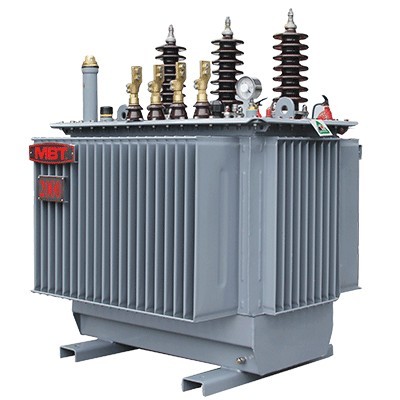
2. Structure of Distribution transformers
A distribution transformer has the same structure as an ordinary transformer. The main parts of this transformer are mainly composed by Oil Tank, Conservator, Buchholz Relay, Breather Unit, Oil Indicator, Temperature Detector, Pressure Relief Device, Thermal Relay, Radiator, and Bushing.
– The oil tank is used to soak the coils by placing it in.
– A conservator is located above the oil tank on the outside of the transformer frame. It is connected to the main tank with the help of a metal tube. The oil in the tank can be easily contacted and enlarge throughout loading so that the temperature of the oil can rise and fall.
– The Buchholz relay is used when using a conservator tank. Because it indicates errors such as oil loss when it gets low, improper flow of oil is incorrect between the tank and transformer.
– The breather unit includes desiccant silica gel in the oil. If it changes its colour from blue to pink, it will not be hygroscopic in oil.
– The oil indicator shows the oil level within the conservatory unit.
– The temperature detector monitors the temperature of the oil. If the oil temperature rises to a certain level, the transformer will be disconnected from service.
– The pressure relief device reduces the pressure inside the transformer to prevent an explosion from the transformer.
– The thermal relay is used as an indicator of the temperature of the winding.
– Radiators are used to increase the cooling efficiency of the transformer.
– Bushings are used to connect the inner windings of a transformer with the help of an external electrical network.
3. Types of Distribution transformer
a. Single-phase transformers
These transformers are specially used for networks where three-phase supplies are not required. Usually, they are used to repair overhead distribution loads in residential areas. They are also applicable in industrial lighting, light commercial loads and electrical applications.
.png)
b. Three-phase transformer
A three-phase transformer is used to hold electrical energy from the main distribution circuit to the auxiliary distribution circuit. It transmits current to the secondary distribution circuit and at the same time reduces the voltage of the primary distribution circuit. These transformers reduce the voltage supplied to the primary circuit based on consumer requirements.
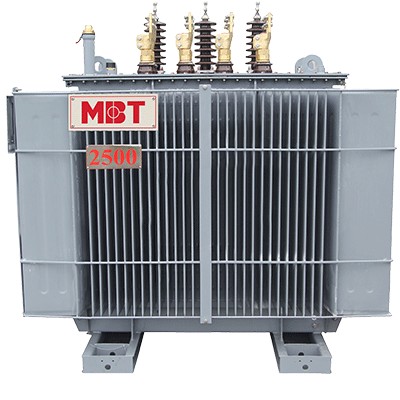
This voltage is always variable and can vary for commercial, residential and light industrial users. These transformers operate at different voltage and frequency levels based on existing standards in other countries. These transformers are available in single-phase and three-phase. Single-phase is used in civil applications while 3-phase with a pad is used in underground primary circuits.
c. Pad-mounted transformer
The pad-mounted transformer consists of a locked steel cabinet located on a concrete base. This type of transformer is installed in places where they do not have space for the enclosure. This transformer is used with the power distribution line on the overhead power line to reduce the primary voltage supplied to the customer. A single transformer of this type can be used for multiple homes / a large building. The capacity of this transformer ranges from 75 kVA to 5000 kVA and includes stationary switches & fuses.
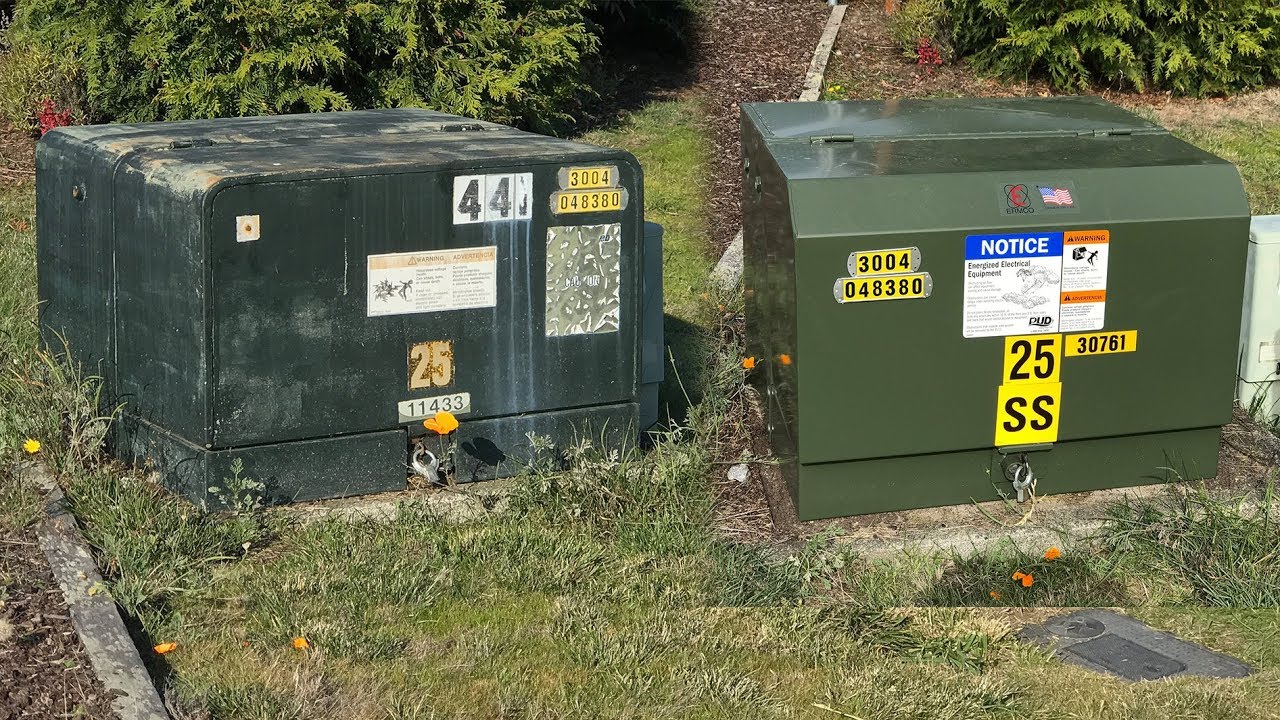
d. Pole-mounted transformer
The pole-mounted transformers are mounted on a power pole at the height of the overhead cable. They are used to change high to low distribution voltage like 120/240 volts electricity. These transformers are widely used in rural areas, ranging from 16 kVA to 100kVA. They are small in size and easy to mount on single-pole structures. These transformers are reliable against extreme climates when they are used in remote areas.
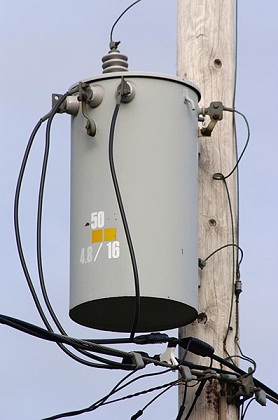
The transformer' tank can be shaped and protected from corrosive materials and water accumulation. In coastal areas, tanks can be protected by zinc spraying while in highly corrosive areas, stainless tanks are used.
4. Purpose of using Distribution transformer
- This transformer changes from high voltage to low voltage, used in homes and businesses.
- The main function of this is to reduce the voltage to provide isolation between the two windings as primary and secondary.
- This transformer distributes electricity to remote areas generated from power plants.
- Generally, this transformer distributes electrical energy to industries with less than 33KV voltage and 440V to 220V for domestic purposes.
5. Difference between Power Transformer and Distribution Transformer
a. Functions used
Power transformers used in transmission networks have a higher voltage for ladder and step applications (400 kV, 200 kV, 110 kV, 66 kV, 33kV) and are typically rated above 200MVA.
A distribution transformer is used for the lower voltage distribution network as a means of connecting end-users. (11kV, 6.6 kV, 3.3 kV, 440V, 230V) and generally rated below 200 MVA.
b. Transformer size and insulation level
The power transformer is used for transmission at heavy loads, a high voltage greater than 33kV & 100% efficiency. It is also larger in size than distribution transformers; it is used in power generation stations and transmission substations-high insulation level.
Distribution transformers are used to distribute electrical energy at a low voltage below 33KV for industrial purposes and 440v-220v for residential purposes.
It works with low efficiency at 50-70%, small size, easy to install, has a low magnetic loss and it is not always fully loaded.
c. Maximum efficiency
The main difference between a distribution transformer and a source is that a distribution transformer is designed to achieve maximum efficiency at 60% to 70% load because normally not always operating at full load. Its payload depends on the demand for distribution. Whereas a transformer is designed to achieve maximum efficiency at 100% load as it is always running at 100% load near the generating station.
Distribution transformers are used at distribution levels where voltages tend to be lower. The secondary voltage is almost always the voltage supplied to the end consumer. Due to voltage drop limitations, it is often not possible to provide that secondary voltage over large distances.
Consequently, most distribution systems tend to involve multiple 'clusters' of loads fed from the distribution transformer, and this means that the distribution transformer heat rating does not have to be too high for support the load they must serve.






